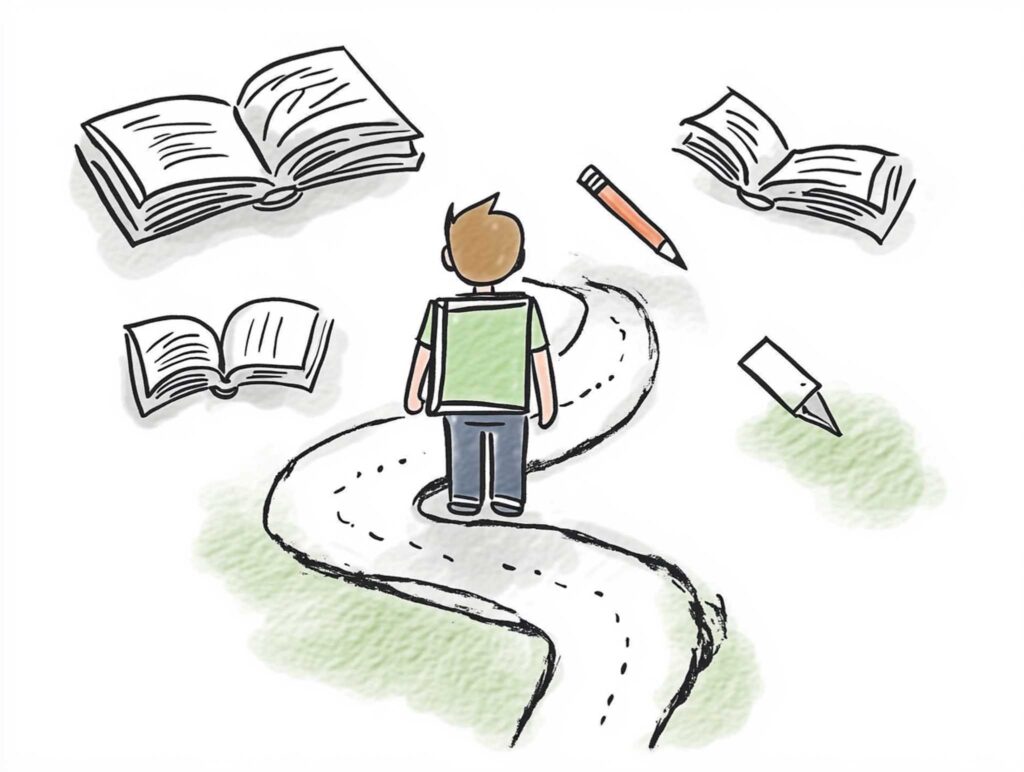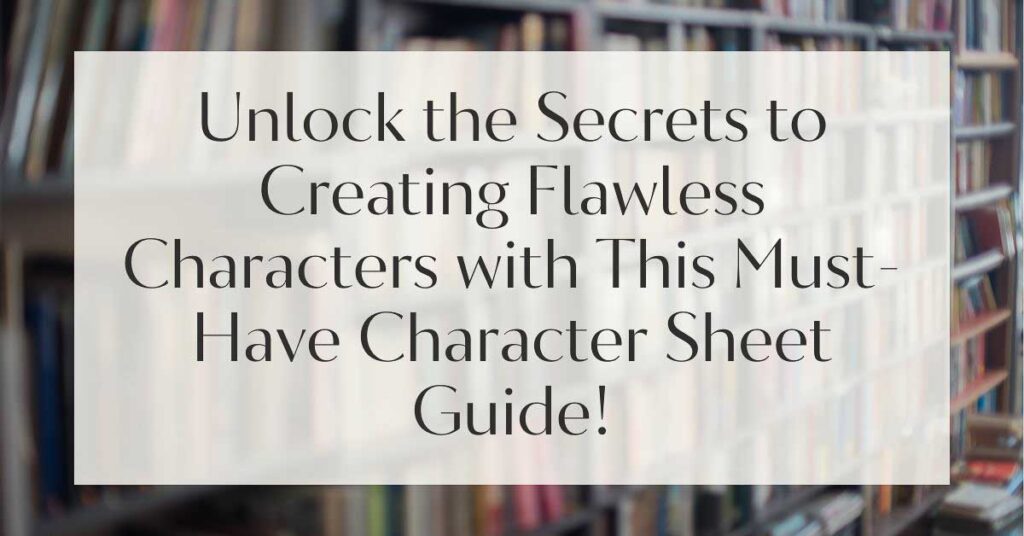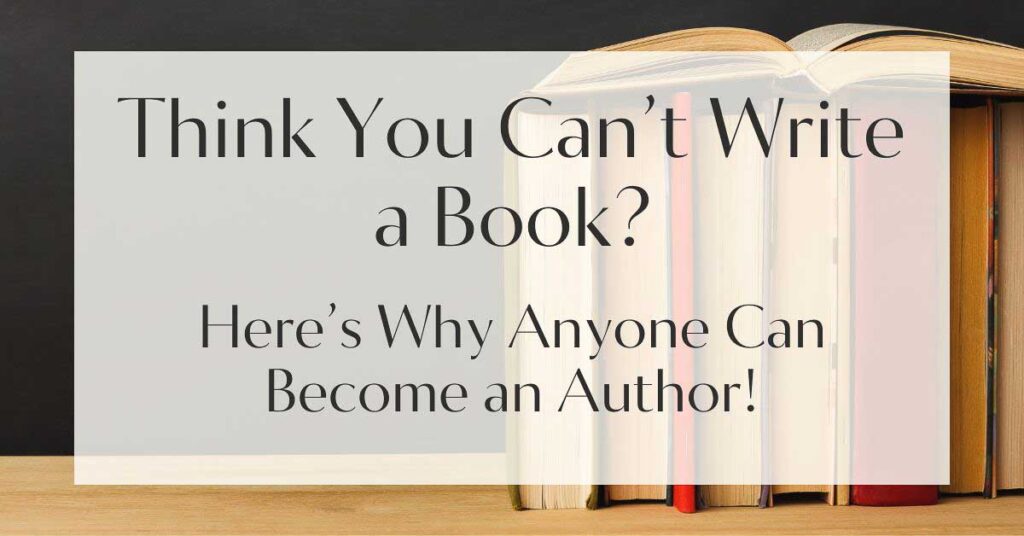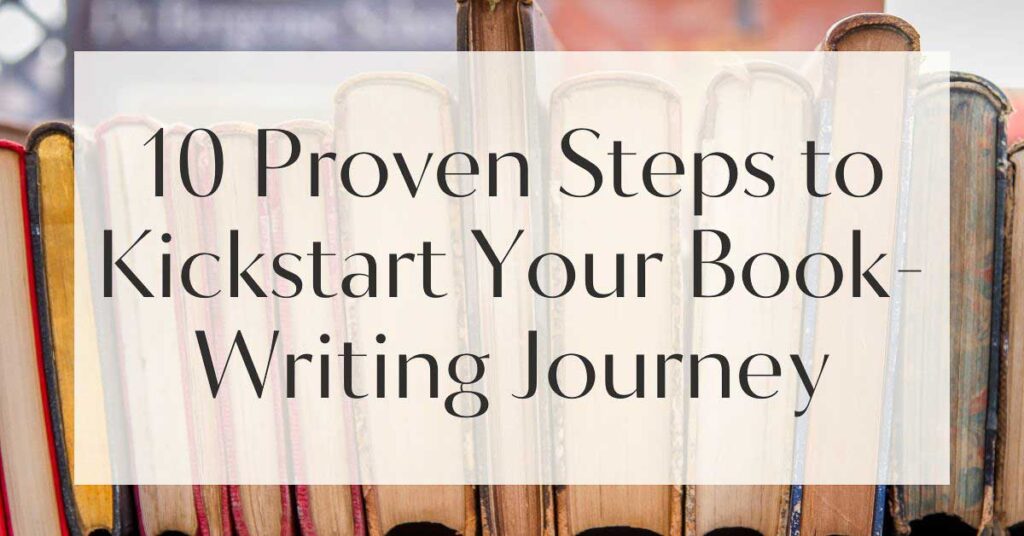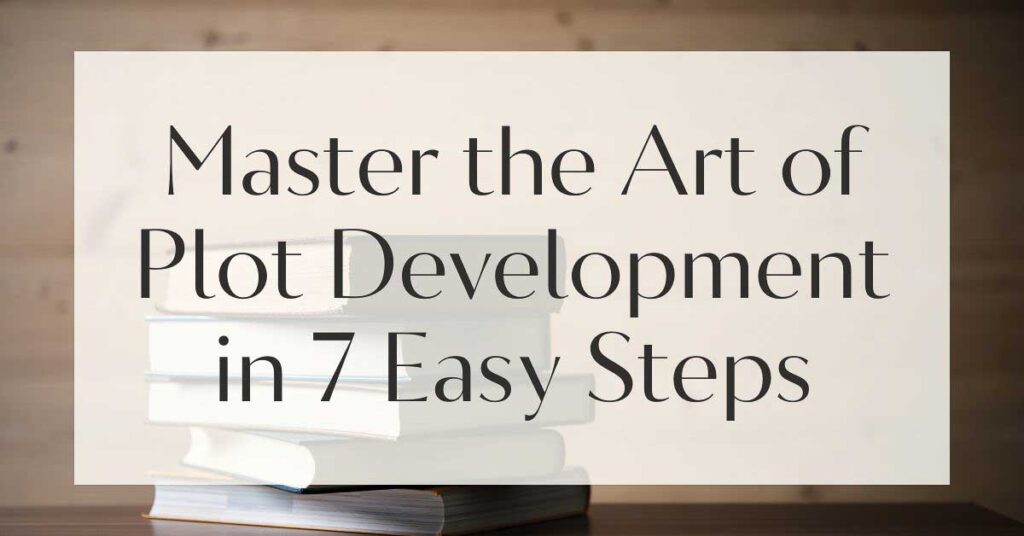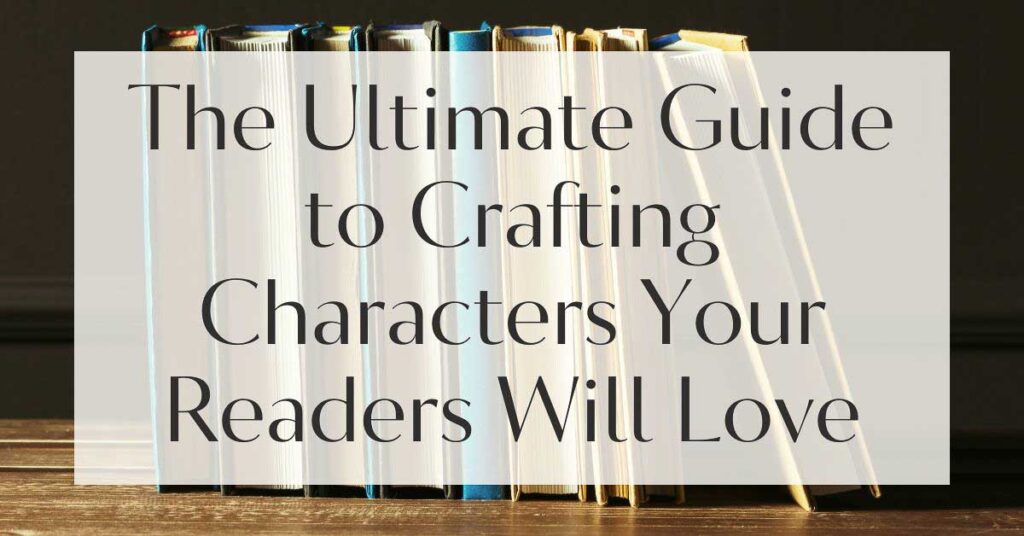Have you ever pondered how the weight of regret or the sting of guilt could shape a character’s journey in storytelling? These emotions, while often burdensome, hold immense potential to craft narratives that resonate deeply with readers.
By weaving regret and guilt into your stories, you can create characters that not only captivate but also reflect the complexities of human emotion. In this blog post, we’ll explore seven transformative prompts designed to delve into these powerful emotions, offering pathways to richer, more authentic character development.
Understanding Regret and Guilt
The first step in utilizing these emotions effectively is understanding their nuances. Both regret and guilt are integral to the human experience, yet they differ in their origins and impacts on the psyche.
Defining Regret and Guilt
Regret is often linked to sorrow over missed opportunities or actions not taken, whereas guilt stems from a sense of having done something wrong. It’s essential to differentiate between these emotions when crafting your narrative.
Regret reflects a yearning for what could have been, a lingering echo of choices unmade. In contrast, guilt is the heavy cloak of accountability for one’s actions, often demanding atonement or reconciliation.
To deepen your understanding of these emotions, consider examining personal experiences of regret and guilt. Reflect on how these emotions influenced your decisions and relationships, and use these insights to create authentic character arcs.
Feeling lost with your debut novel?
Fiverr Pro connects you with expert editors, designers, and marketers – everything you need to get your book ready for success!

The Emotional Weight of Regret vs Guilt
In literature, the emotional weight of regret and guilt can drive character development and plot progression.
Regret might lead a character to seek redemption or change their path, while guilt can catalyze a transformation, pushing them towards growth or self-destruction. This emotional interplay offers a fertile ground for storytelling, where characters are shaped by their inner conflicts and desires.
Impact on Character Development
The dual forces of regret and guilt can be pivotal in character arcs, influencing motivations and behaviors.
Characters burdened by regret may be haunted by their past, striving to rectify their mistakes or make amends. Conversely, those grappling with guilt might embark on a journey of redemption, seeking forgiveness from others or themselves.
Consider how these emotions might manifest physically or psychologically in your characters. A table summarizing the differences between regret and guilt could help clarify their distinct impacts:
| Emotion | Cause | Common Reactions |
|---|---|---|
| Regret | Missed opportunities, actions not taken | Yearning, sorrow, reflection |
| Guilt | Wrongdoing, moral transgressions | Remorse, need for atonement, anxiety |

Crafting Characters Through Regret and Guilt
When wielded skillfully, regret and guilt can breathe life into your characters, imbuing them with depth and relatability. Let’s explore how these emotions can be used to shape compelling character arcs.
Using Regret to Shape Character Arcs
Regret can serve as a poignant motivator for character growth. A protagonist reflecting on past decisions might strive to change their future, driven by the desire to avoid repeating mistakes.
This internal struggle adds layers to their personality, making them more relatable and engaging. For example, a character who regrets a lost love might embark on a quest to win them back or find closure, allowing readers to connect with their journey.
Guilt as a Catalyst for Transformation
Guilt can be a powerful catalyst for transformation, prompting characters to confront their flaws and seek redemption. This emotion often compels individuals to make amends, leading to profound character development.
Consider a character who, after realizing the impact of their actions, takes steps to rectify their wrongs. This journey of redemption not only enriches the narrative but also provides a satisfying arc of personal growth.
Balancing Regret and Guilt in Character Traits
While both emotions are potent, balancing them within a character’s traits is crucial for creating believable and multidimensional personas.
A character overwhelmed by guilt might exhibit self-destructive tendencies, while one consumed by regret may appear melancholic or introspective. Striking the right balance ensures that these emotions enhance, rather than overshadow, other aspects of the character’s personality.
When crafting characters, ensure that regret and guilt complement other traits. A well-rounded character should display a range of emotions and motivations, creating a dynamic and engaging narrative.
Prompts to Ignite Your Imagination
Ready to dive into the creative process? These prompts are designed to spark your imagination, guiding you in weaving regret and guilt into your storytelling.

Prompt 1: The Burden of a Past Mistake
Imagine a character who made a critical mistake in their past, one that continues to haunt them. How does this regret shape their present actions and relationships? What steps do they take to find peace or redemption?
Prompt 2: The Choice That Haunts Them
Consider a character faced with a pivotal choice that led to unforeseen consequences. How does guilt over this decision influence their future choices? Do they seek forgiveness, or are they trapped in a cycle of self-blame?
Prompt 3: A Moment of Weakness
Create a scenario where a character succumbs to a moment of weakness, resulting in lasting guilt. How does this moment define their identity? What actions do they take to overcome this guilt and rebuild their self-esteem?
Google Docs is for notes. Scrivener is for novels. Upgrade your writing game and try it for free today!

Prompt 4: Confronting Unforgivable Actions
Explore the journey of a character who has committed an unforgivable act. How do they confront their guilt? Do they attempt to make amends, or do they spiral into despair, unable to forgive themselves?
Prompt 5: Seeking Redemption
Imagine a character on a quest for redemption, driven by deep-seated guilt. What obstacles do they face along the way? How does their pursuit of forgiveness affect their relationships and self-perception?

Prompt 6: The Weight of False Guilt
Consider a character burdened by false guilt, believing they are responsible for something beyond their control. How does this misconception shape their interactions with others? What event or realization allows them to release this unwarranted guilt?
Prompt 7: A Chance for Forgiveness
Envision a scenario where a character is offered a chance for forgiveness. How do they navigate this opportunity? What internal conflicts arise as they grapple with accepting or rejecting this offer of absolution?
Use these prompts as starting points for your stories, allowing the emotions of regret and guilt to guide your characters’ journeys. Embrace the complexity of these emotions to create narratives that resonate with authenticity and depth.
No marketing platform? No social following? No problem!
Publisher Rocket helps you market your debut novel like a pro.
It’s a gamechanger for debut authors – try it today!

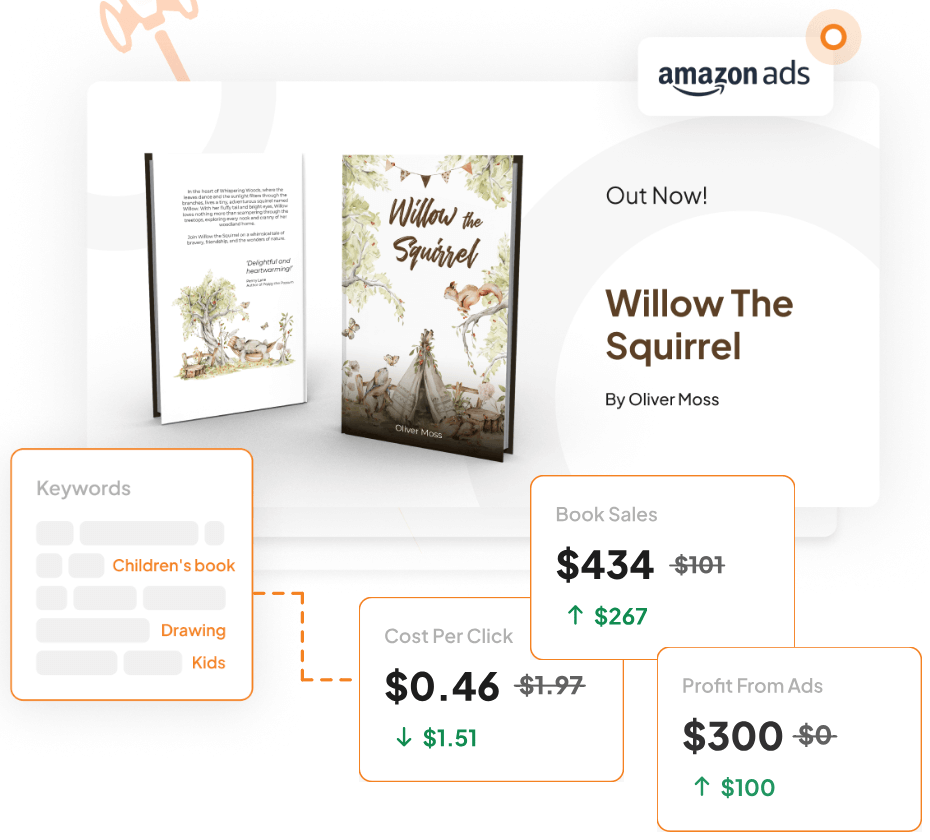
Techniques for Effective Storytelling
Integrating regret and guilt into your plot requires thoughtful consideration of how these emotions drive the narrative forward. Here are some techniques to enhance your storytelling.
Integrating Regret and Guilt into Plot
Weave regret and guilt into the fabric of your plot by linking these emotions to key events and turning points. This approach ensures that the characters’ emotional journeys are intertwined with the overall narrative arc, creating a cohesive and compelling story.
Creating Tension Through Emotional Conflict
Emotional conflict is a powerful tool for creating tension in your narrative. Characters wrestling with regret and guilt often face internal battles that can lead to dramatic confrontations and pivotal decisions. Use these conflicts to heighten suspense and engage readers.
Utilizing Dialogue and Action to Reveal Inner Turmoil
Dialogue and action are effective means of revealing a character’s inner turmoil. Through conversations and behavior, characters can express their struggles with regret and guilt, offering readers insight into their motivations and emotional states. This approach adds depth and realism to your storytelling.

Finding Your Voice in Emotional Writing
Writing about complex emotions like regret and guilt requires vulnerability and authenticity. Finding your voice in this process can lead to narratives that are both impactful and relatable.
Embracing Vulnerability in Your Narratives
Embrace vulnerability in your writing by allowing characters to confront their deepest fears and insecurities. This openness invites readers to connect with the characters on a personal level, fostering empathy and engagement.
The Role of Humor in Tackling Heavy Themes
Humor can be a valuable tool for addressing heavy themes like guilt and regret. By incorporating moments of levity, you can provide relief from the emotional intensity, offering a balanced and nuanced narrative experience.
Encouraging Authenticity in Character Experiences
Strive for authenticity in depicting character experiences with regret and guilt. Draw from real-life emotions and situations to create believable and relatable characters, ensuring that their journeys resonate with readers on a genuine level.
To cultivate authenticity in your writing, draw inspiration from personal experiences and observations. Allow your characters to embody the complexities of human emotion, creating narratives that are both truthful and captivating.
